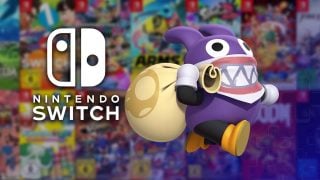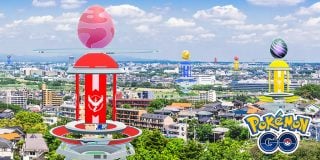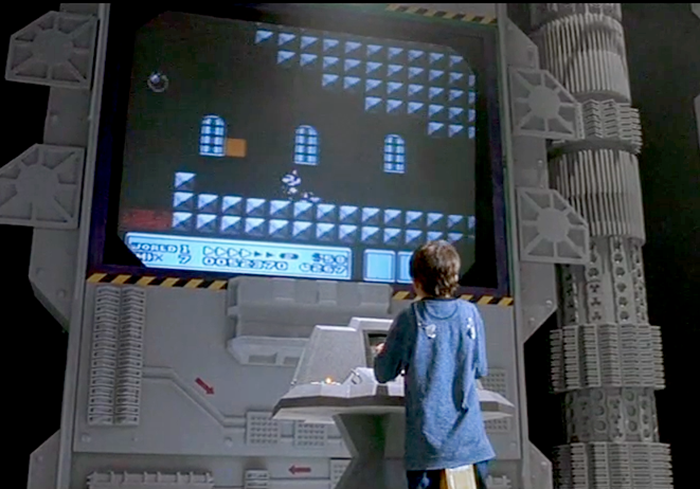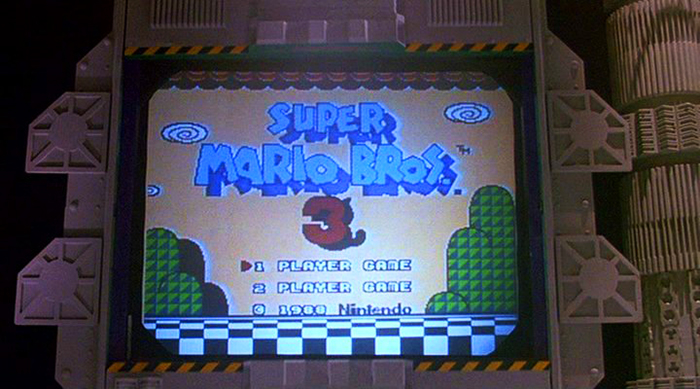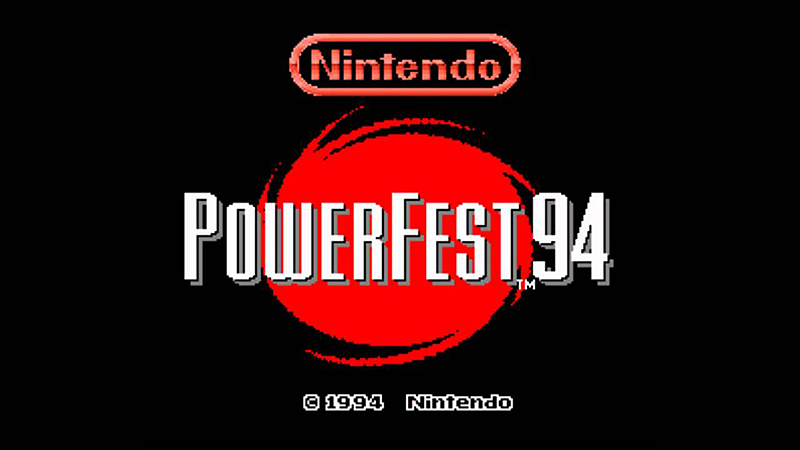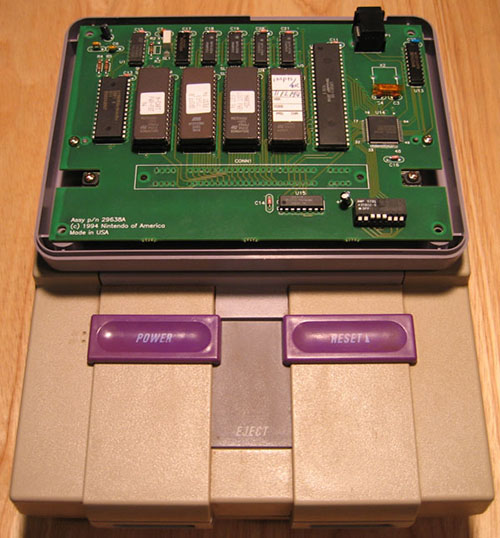Everyone here at Nintendo Inquirer is pretty excited about the Nintendo World Championships coming up in June. Several members of the editorial staff are making their way from Milwaukee to Chicago to take part in the qualifiers. Sadly, the nearest qualifier to me in Washington is in Long Island, NY. That’s about four hours away from me, so I’m sad to report I won’t be trying my hand with the events this time.
In lieu of training for such a thing, I figured I would use the fledgling Retro section of the site to share some knowledge with you, our humble readers, about the history of Nintendo competitions. They’ve had an impact on me and fellow gamers in my generation, but a lot of modern day players might not know much about Nintendo’s somewhat forgotten history of competitions.
In the totally amazing Reggie-centric announcement video for this year’s NWC, he mentions that “We haven’t done this in 25 years!” Well… yes and no. Strictly speaking, only the 1990 event was called “The Nintendo World Championships,” but Nintendo has done five competition events on its own and a couple through Blockbuster Video. I’ll be walking you through some of the tournaments the world has seen and since forgotten. This first installment in the series will focus on the World Championships, Super Star Fox Weekend and PowerFest ‘94.
The World Championships
Let me take you back for a moment to 1989. The Wizard hits theatres. Kids rush out to see it, because, duh, it’s about a kid who’s good at Nintendo (and some family drama nonsense, but no one cares about that). At the end of the movie, the kid wins a massive Nintendo tournament at Universal Studios Hollywood. This tournament was clearly not sponsored by Nintendo, as it contained non-Nintendo published games. In fact, in a clear attempt to break the spirit of any fictional kid who entered this fictional contest, the first game was Ninja Gaiden. Ninja Gaiden! One of the most notoriously difficult games of all time was the opening round! But no one really cared about that either. The big draw was that the final round was Super Mario Bros. 3, which would not hit the U.S. until the following year.
Now, I know this probably sounds absurd to younger readers, but keep in mind that there was no internet in 1989, so it wasn’t like you could just hop on YouTube and see someone who had imported the game play it. No, the only way to see this game in motion was to shell out eight bucks or whatever a movie was priced at back then and wait through the entire mediocre movie to see two minutes of Super Mario Bros. 3 footage.
At any rate, the movie was a reasonably big hit, grossing over $14 million on an estimated $6 million budget, and Nintendo took notice. Realizing that everyone filed into the theatre for the cool video game stuff (and not the gripping family drama), the company created its own big contest, mirroring the film’s Video Armageddon. Coined The Nintendo World Championships, it was held at various locales throughout North America (usually arenas or convention centers, with lots of new games and promo stuff happening simultaneously), with each city crowning a champion who would go on to a final at– you guessed it– Universal Studios Hollywood. Unlike this year’s competition, it was bracketed into age groups: 11 and under, 12-17 and 18+, with each age group producing a city champion that was given the opportunity to head to Hollywood.
Here’s a rundown of the events.
The games were played on a special cartridge. Participants had six minutes and 21 seconds to collect 50 coins in Super Mario Bros., finish a custom track in Rad Racer and then score as many points as possible in Tetris. The problem is, their scores in Tetris far outweighed the other two games, so the optimal strategy involved dying on purpose in Super Mario so they could get to Tetris as fast as possible.
The winner in each age bracket got a Geo Metro convertible, a $10,000 savings bond, a 40” television and a gold (painted) Mario trophy. Oh yeah, and what would turn out to be the most valuable part of the prize package: a copy of the competition cartridge. In fact, all 90 of the finalists (30 in each age bracket) received a copy of that cartridge, which now sells for somewhere in the $20,000 range (the most recent eBay auction for one ended at $20,200). Nintendo Power would later give away 25 gold variants of the cartridge, which are now attracting prices north of $100,000.
Super Star Fox Weekend
In 1993, Nintendo did a one game competition with the Super Star Fox Weekend. In order to hype the release of Star Fox, Nintendo encouraged people to buy and play Star Fox to get ready for the competition. While the Nintendo World Championships were the centerpiece of large events put on by Nintendo, the Star Fox competition was held at various retailers: Suncoast Video, Kay-Bee Toys, Toys ‘R’ Us, Babbage’s… You get the picture. Each participant was given a Star Fox pin, and several of them got a t-shirt. Each store’s winner received a hideous windbreaker with the Star Fox logo embroidered on the back. The grand prize winner was drawn at random from the pool of store winners and earned a trip to Europe; however, he ended up taking the cash equivalent, according to the sources I’ve read.
The game itself was a modified version of Star Fox, featuring arranged versions of the Corneria and Asteroid Belt levels. The third stage was an infinitely looping level that continued until time ran out. The game was, again, played on a special cartridge that was then sold through Nintendo Power at the price of $45 each after the competition. These now command in the range of $400-$600 each. Significantly less than the Nintendo World Championships cart, but still more than I’d ever pay.
PowerFest ‘94
Nintendo put on another competition in 1994 for the SNES. This time, it was called Nintendo PowerFest ‘94, though the final round was advertised as the “Nintendo World Championships” once again. Most people refer to the cartridge as “PowerFest ‘94.”
Powerfest ‘94 was again held at retail outlets across the country, with the winner of each location getting a trip to San Diego for the finals. Second place at each store received a leftover Star Fox jacket. How’s that for a booby prize? Once the finalists were whittled down to two, they played in a Donkey Kong Country competition (more on that cart in two weeks). The winner was given $5,000 and a Ford Mustang.
PowerFest ‘94 apparently took a page from the competition seen in The Wizard, as it immediately hits participants below the belt by making them play Super Mario Bros.: The Lost Levels (a.k.a. Japanese Super Mario Bros. 2). This is the SNES version from Super Mario All-Stars, but it’s no less of a low blow for it. They learned from their mistakes though, and instead of collecting a certain number of coins, players had to finish World 1-1. Once that was completed, they moved on to Super Mario Kart where they were required to complete five laps on Mario Circuit 1 (the very first track). After racing for their lives, they headed to the ballpark for the home run derby in Ken Griffey, Jr. Presents Major League Baseball. As with the original Nintendo World Championships, the smart strategy was to get to the final game as quickly as possible, as players once again were given six minutes and 21 seconds to score as many points as possible, and the home run derby allows for many more points than the other games.
Carts of this game were not given out to winners. In fact, the actual cart itself is a behemoth, with four ROM chips on it; it looks more like an add-on akin to the Sega CD rather than just one game. This being the case, there are currently two known copies in existence, the last of which sold for $12,000. There’s an effort underway to make reproductions of it in a standard size cart.
